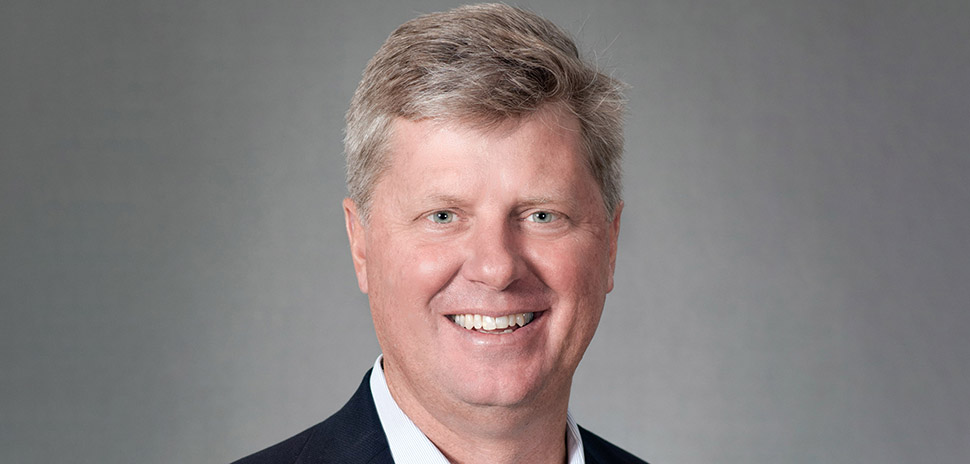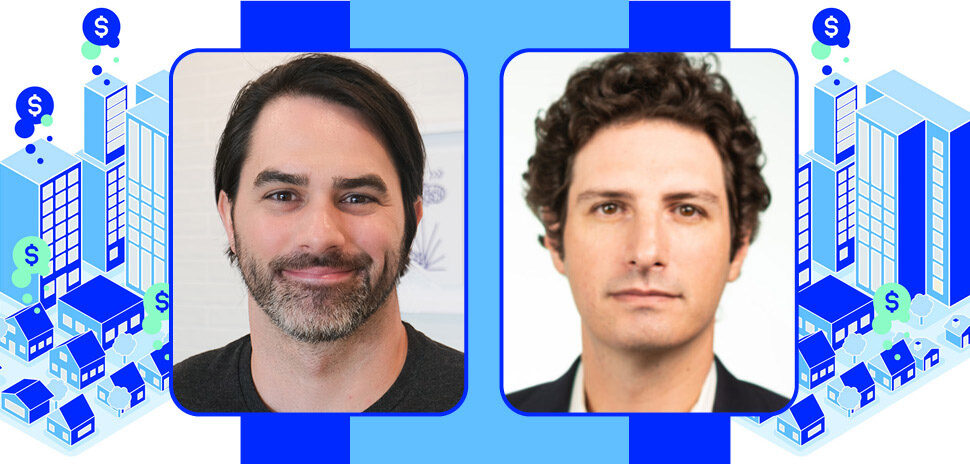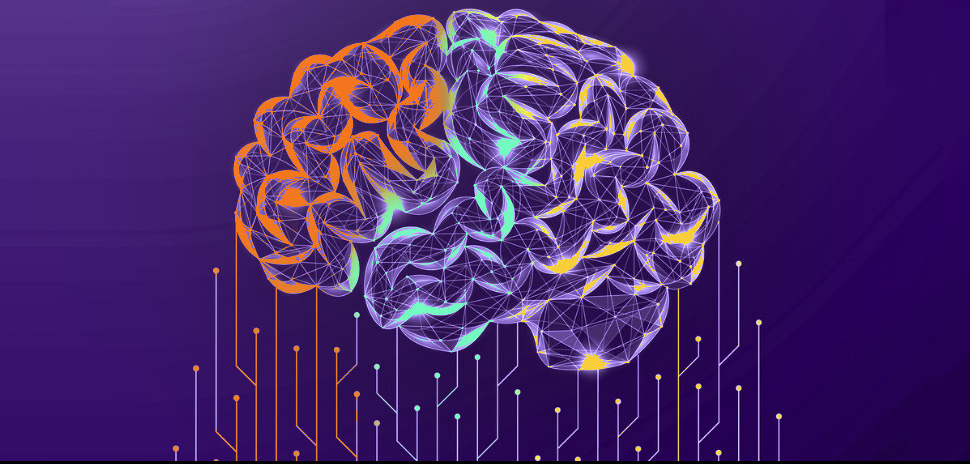With millions working from home in 2020—and many never going back—there’s been a surge in the need for faster speeds, storage, and device support.
Anthony Bolner, EVP and partner at Stream Data Centers, looks at how his industry is responding to this ever-growing demand, and how Stream is building new centers to meet it.
Bolner, one of our commercial real estate experts in “21 on 2021,” shares his take on what’s next in our Q&A.
 What’s been the impact on data centers of so many employees working from home?
What’s been the impact on data centers of so many employees working from home?
Working from home has grown many facets of infrastructure and connectivity demand. More home users have driven the need for faster connectivity, more storage, and the need to support additional devices—globally.
What opportunities and challenges do you see in the data center sector for the coming year?
Cloud is definitely growing and will continue. Regulated enterprise users continue to demand control of certain elements across their infrastructure, as the enterprise colocation market is still experiencing good demand in major markets.
What changes do you expect to remain long term, and how are you handling those changes and uncertainty in your business?
These changes really come down to the speed and capacity of connectivity services. So, bigger pipes will be required to create easier access to larger amounts of data and storage.
What current or upcoming projects in DFW can you share?
Stream Data Centers is excited about our new data center in the Dallas market, DFW VII in Garland. It already has 3 MW of commissioned capacity available with expandable growth to 30 MW.
The interview has been edited for brevity and clarity. A version of this story first published in the Fall 2020 edition of the Dallas-Fort Worth Real Estate Review.
Read the digital edition of Dallas Innovates’ sister publication, the Real Estate Review, on Issuu.
Sign up for the digital alert here.
![]()
Get on the list.
Dallas Innovates, every day.
Sign up to keep your eye on what’s new and next in Dallas-Fort Worth, every day.































